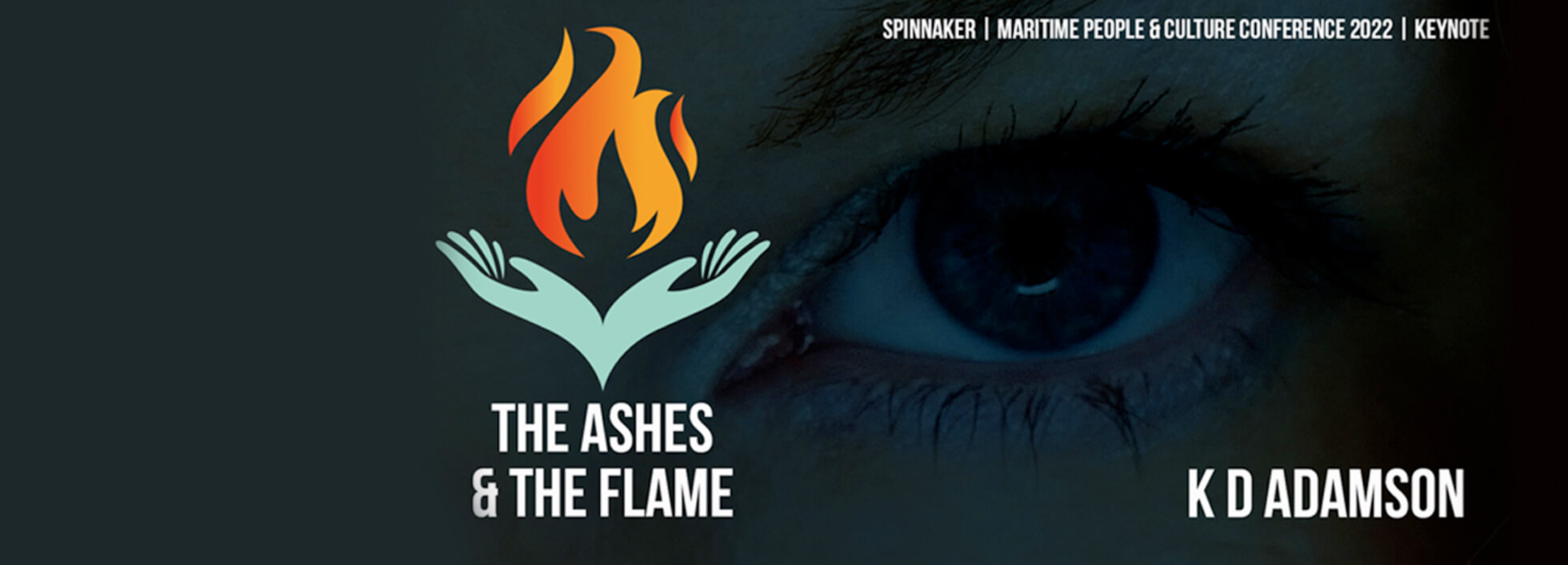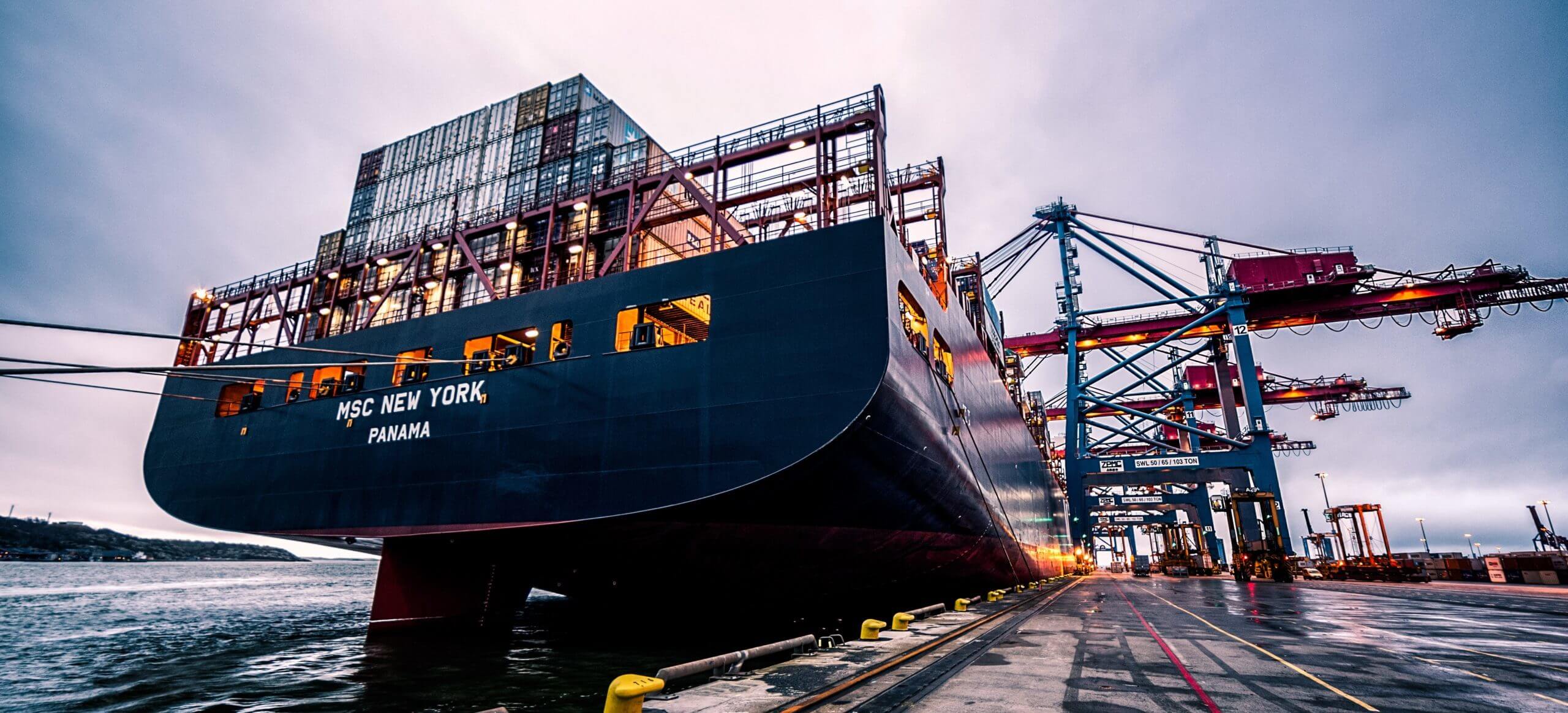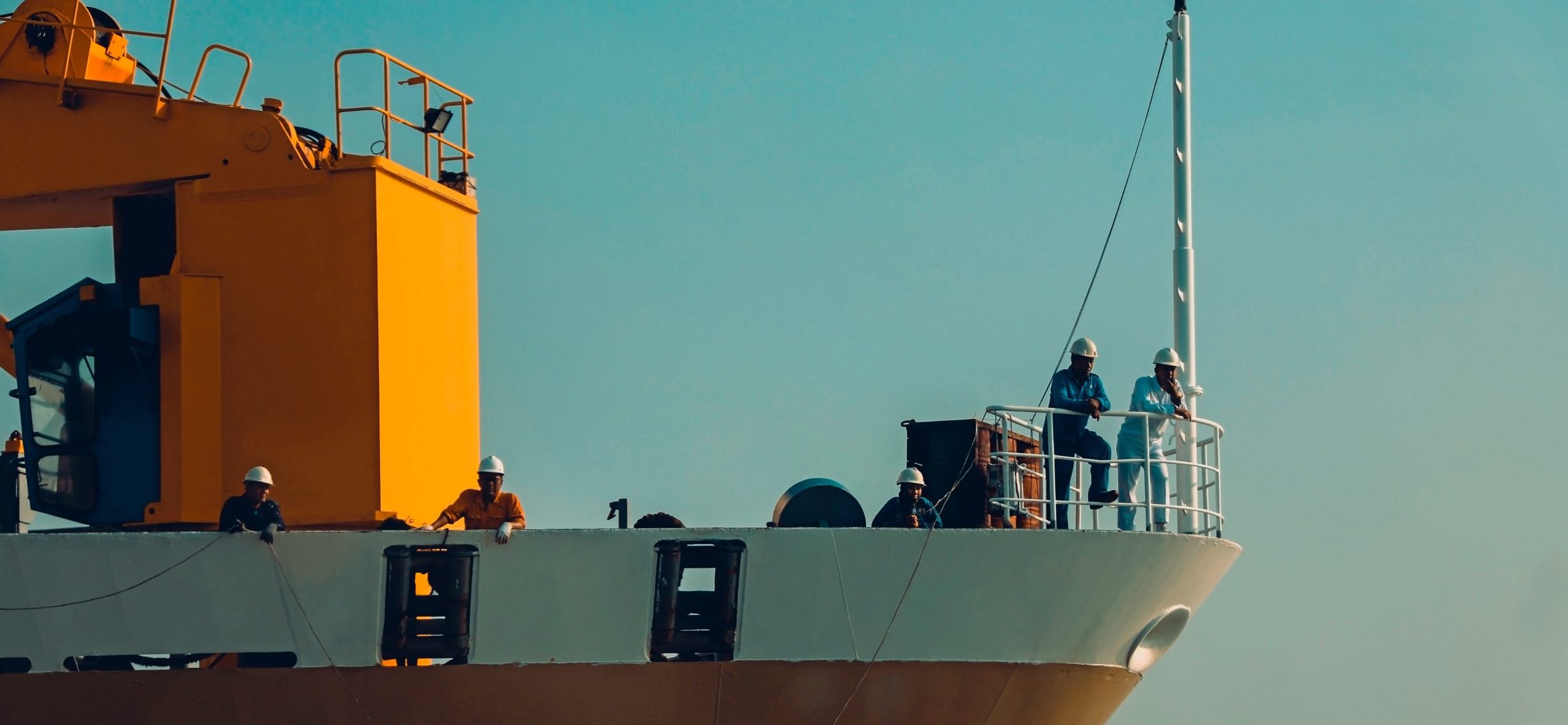At this year’s Maritime People & Culture conference we are looking firmly at the horizon with our must-see keynote, futurist K D Adamson whose keynotes are described as a ‘TED-talk on steroids’.
The 2022 Spinnaker Maritime People and Culture Conference is now only a couple of weeks away and as the programme reflects, the industry finds itself facing a growing set of future challenges.
So, who better to invite to be our keynote speaker and special guest for the conference than K D Adamson, one of the world’s leading futurists and definitely shipping’s most famous, whose keynotes have been likened to ‘a TED-talk on steroids’.
But while as a futurist K D is expert in all sorts of technologies from AI to synthetic biology to quantum computing, don’t expect reassurance that the tech industry will ride to the world’s rescue, or solve the challenges faced by our businesses.
The message of K D’s keynote, The Ashes and the Flame is very different. Challenging the technology-defined future that the ‘Tomorrow Factory’, has been selling everyone, she argues that what comes next is not an AI apocalypse but a societal discontinuity. She describes the period the world is entering now as a liminal space, a threshold of the future where old certainties have been dismantled but what will replace them is still uncertain.
Pointing out that during liminal periods individuals and organisations have outsized opportunities to create truly lasting change, she encourages us to reframe the challenges ahead as societies and businesses and reject the technology narrative that disempowers individuals and companies, by de-emphasising human qualities of resilience and adaptability.
At a conference for people-people it’s a message that some might consider to be long overdue. After two years struggling to support our people at sea and ashore when many industry structures failed us and with critical industry-wide and global goals still ahead to be tackled, the importance of maritime HR, people, culture and mindset cannot be overstated.
Fire may have been the first technology, but K D Adamson says that the time has come to stop worshipping it and the tech industry that has hi-jacked the future. Instead, she warns that the only way to build the future we want is to focus on the core priorities of culture, human autonomy, purpose, and adaptability, to create ecocratic not technocratic leaders and to embark on a fundamental recalibration of what we value.
Sure to be delivered with her signature energy and dynamism, The Ashes and the Flame is a must-see keynote, and will be followed by an in-depth session with Spinnaker Chairman Phil Parry, where he will also be posing some burning questions.
The conference takes place on Thursday 26th & Friday 27th May in the City of London, so follow this link now to view the full agenda and book tickets.
In the run up to the event please also look out for a series of video Q&A’s with K D such as this one here.







